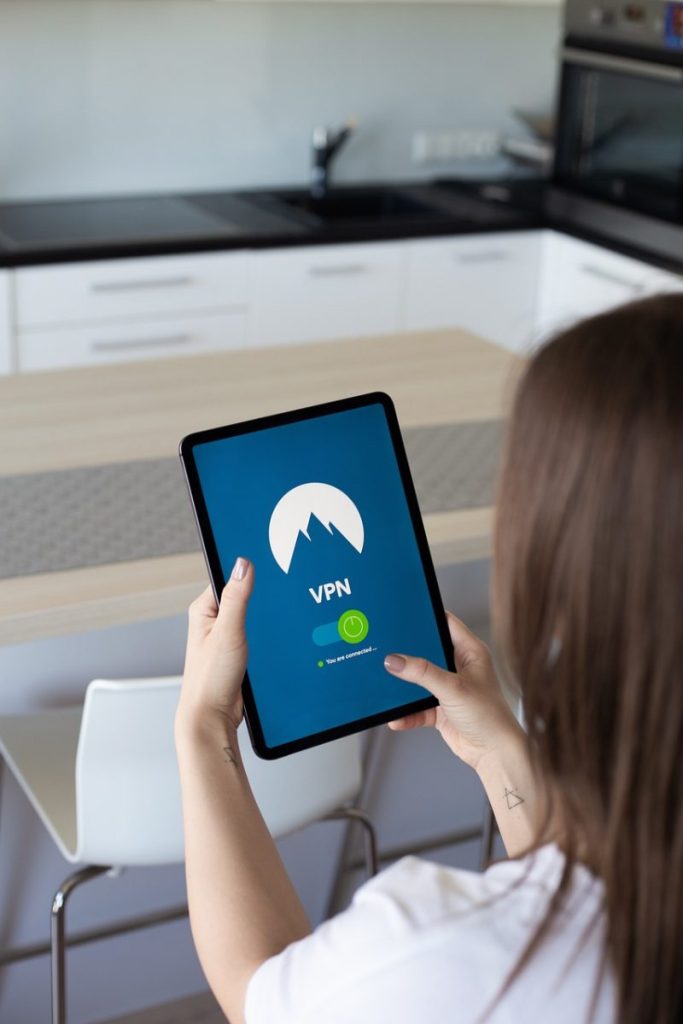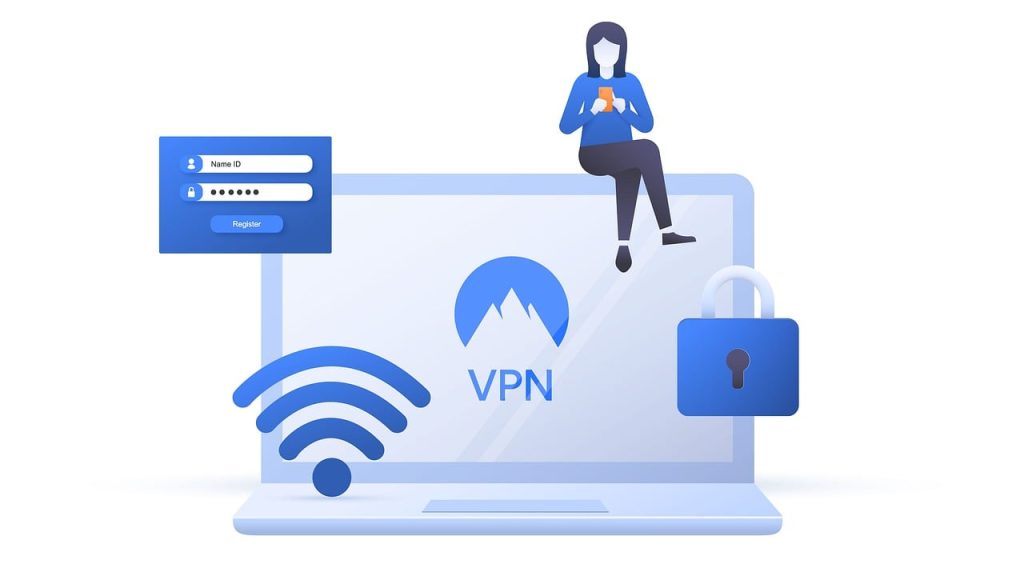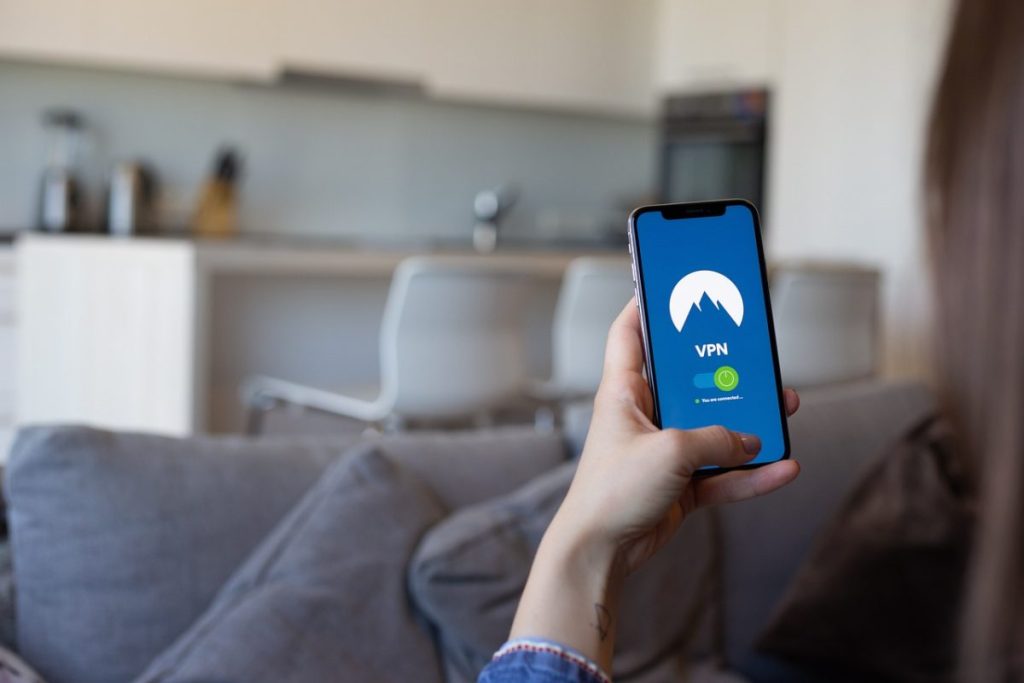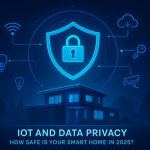As smart home devices become more common, so do the security risks that come with them. From smart thermostats and voice assistants to connected cameras and door locks, each device represents a potential entry point for cybercriminals. While strong passwords and firewalls help, a Virtual Private Network (VPN) can provide an extra layer of security, ensuring that your smart home network remains private and protected from hackers.
But how exactly does a VPN secure IoT devices? And is it really necessary for your smart home setup? Let’s explore why VPNs are becoming an essential tool for IoT security and how you can set one up for your devices.
The Growing Security Risks of IoT Devices
The convenience of IoT devices comes at a cost: they’re often vulnerable to cyberattacks. Many smart gadgets lack strong security protocols, making them easy targets for hackers. Some of the biggest risks include:
- Weak encryption: Many IoT devices transmit data in an unencrypted format, making it easier for attackers to intercept sensitive information.
- Default passwords: Some smart devices come with weak, factory-set passwords that users fail to change, allowing hackers to easily gain access.
- Lack of updates: Unlike smartphones and computers, IoT devices don’t always receive regular security updates, leaving them exposed to vulnerabilities.
- Network snooping: Hackers can use unsecured networks to monitor traffic, steal data, or even take control of smart devices.
A VPN helps counter these risks by encrypting all data that flows between your IoT devices and the internet, making it much harder for cybercriminals to intercept or manipulate your connection.
How a VPN Protects Your Smart Home
A Virtual Private Network (VPN) works by encrypting your internet connection and routing it through a secure server. When applied to a smart home, a VPN provides several security benefits:

1. Encrypting Your Data
Without encryption, anyone snooping on your network can see what your devices are transmitting. This could include your video feeds from smart cameras, voice commands to smart assistants, or even login credentials. A VPN scrambles this data, making it unreadable to outsiders.
2. Preventing Man-in-the-Middle Attacks
Hackers can launch a “man-in-the-middle” attack to intercept communications between your smart devices and their servers. This can lead to unauthorized access or stolen data. A VPN blocks such attacks by securing the communication channel with strong encryption.
3. Hiding Your IP Address
Every internet-connected device has an IP address, which can reveal your approximate location and be used to track your activity. A VPN hides your real IP address by replacing it with one from a secure server, helping to keep your online activity private.
4. Securing Remote Access
Many smart home devices allow remote access, meaning you can control them from anywhere using an app. However, if not properly secured, this feature can expose your home network to cyber threats. A VPN ensures that when you remotely access your smart home, the connection remains encrypted and protected.
5. Bypassing Geo-Restrictions and ISP Throttling
Although not directly related to security, using a VPN can also help you access geo-restricted content or prevent internet service providers (ISPs) from throttling your connection when streaming videos or gaming on your smart devices.
Setting Up a VPN for Your Smart Home
If you want to secure your IoT devices with a VPN, here are the best ways to do it:
1. Install a VPN on Your Router
Most smart devices don’t support VPN apps natively. The best way to protect your entire home network is to install a VPN directly on your Wi-Fi router. This way, all connected devices automatically benefit from encryption.
Steps to install a VPN on a router:
- Choose a VPN provider – Pick a reliable VPN service that supports router installation, such as ExpressVPN, NordVPN, or Surfshark.
- Check router compatibility – Not all routers support VPN configurations. If yours doesn’t, you may need to install third-party firmware like DD-WRT or OpenWRT.
- Configure the VPN – Log into your router’s settings and follow the instructions from your VPN provider to enter the necessary server details.
- Connect your devices – Once set up, all IoT devices connected to your router will automatically be protected by the VPN.
2. Use a VPN-Protected Smart Hub
If installing a VPN on your router isn’t an option, you can connect your smart devices to a hub (such as a Raspberry Pi or a dedicated VPN-enabled device) that runs the VPN, creating a secure gateway for IoT devices.
3. Manually Configure VPN on Select Devices
Some advanced smart devices, like Android-based TV boxes or smart hubs, allow VPN apps to be installed directly. Check if your IoT device supports VPN connections and configure it accordingly.
Potential Downsides of Using a VPN for IoT

While a VPN provides strong security benefits, it’s important to consider a few drawbacks:
- Reduced Internet Speed: Encrypting data and routing it through a remote server can slow down your connection. Choosing a high-speed VPN service helps minimize this issue.
- Device Compatibility: Many smart home gadgets don’t support VPN installation, requiring you to set up a VPN on your router instead.
- Complex Setup: Configuring a VPN on a router or smart hub can be technical, but most VPN providers offer step-by-step guides to help.
Despite these limitations, the security benefits far outweigh the inconveniences, especially for those who take privacy seriously.
Final Thoughts
As the number of connected devices in our homes continues to grow, securing them should be a top priority. A VPN is one of the best ways to protect your smart home network from cyber threats, ensuring that your IoT devices remain private and secure.
By encrypting data, preventing attacks, and hiding your IP address, a VPN adds an essential layer of security to your smart home setup. Whether you install a VPN on your router or use a dedicated smart hub, taking this extra step can keep your IoT devices safe from prying eyes.
If you’re serious about smart home security, pairing a VPN with other best practices—such as using strong passwords, enabling two-factor authentication, and regularly updating your devices—will help create a safer and more private connected home.
- Designing a Smarter Home in 2026: What People Get Wrong About Automation
 Smart homes were once science fiction, but today they’re a reality in millions of households. With voice assistants, smart plugs, and automated lighting systems, it’s easy to assume home automation is simply a matter of plugging in a few devices. Yet, many homeowners quickly discover that “smart” doesn’t always mean simple. In this article, we’ll…
Smart homes were once science fiction, but today they’re a reality in millions of households. With voice assistants, smart plugs, and automated lighting systems, it’s easy to assume home automation is simply a matter of plugging in a few devices. Yet, many homeowners quickly discover that “smart” doesn’t always mean simple. In this article, we’ll… - Automated Online Trading: How IoT is Redefining Financial Markets
 Introduction automated online trading In a world where milliseconds can decide millions, the fusion of Internet of Things (IoT) technology and automated online trading is reshaping global finance. What once relied solely on human judgment now increasingly depends on connected machines, real-time data, and predictive algorithms. From weather sensors influencing agricultural trades to smart logistics…
Introduction automated online trading In a world where milliseconds can decide millions, the fusion of Internet of Things (IoT) technology and automated online trading is reshaping global finance. What once relied solely on human judgment now increasingly depends on connected machines, real-time data, and predictive algorithms. From weather sensors influencing agricultural trades to smart logistics… - The Role of Linux in IoT: Powering the Connected World
 The Internet of Things (IoT) is everywhere—from smart homes and wearable devices to industrial automation and self-driving cars. Behind the scenes, one operating system plays a surprisingly dominant role: Linux. Known for its stability, flexibility, and open-source nature, Linux has become the backbone of countless IoT devices and platforms. But what makes Linux so well-suited…
The Internet of Things (IoT) is everywhere—from smart homes and wearable devices to industrial automation and self-driving cars. Behind the scenes, one operating system plays a surprisingly dominant role: Linux. Known for its stability, flexibility, and open-source nature, Linux has become the backbone of countless IoT devices and platforms. But what makes Linux so well-suited… - The Smart Home Revolution in 2025: How IoT is Transforming Everyday Living
 In the past decade, the vision of a truly smart home has moved from futuristic fantasy to everyday reality. As we step into 2025, the Internet of Things (IoT) has matured into a robust ecosystem, connecting appliances, security systems, lighting, and even entertainment devices under one seamless digital roof. The result? Homes that are safer,…
In the past decade, the vision of a truly smart home has moved from futuristic fantasy to everyday reality. As we step into 2025, the Internet of Things (IoT) has matured into a robust ecosystem, connecting appliances, security systems, lighting, and even entertainment devices under one seamless digital roof. The result? Homes that are safer,… - IoT and Data Privacy: How Safe Is Your Smart Home in 2025? – IoT Security
 The smart home revolution has made everyday life more convenient than ever. From voice assistants that control the lights to security cameras that send alerts directly to your phone, connected devices have become part of our daily routines. But with this convenience comes an important question: how safe is your personal data in a world…
The smart home revolution has made everyday life more convenient than ever. From voice assistants that control the lights to security cameras that send alerts directly to your phone, connected devices have become part of our daily routines. But with this convenience comes an important question: how safe is your personal data in a world…







